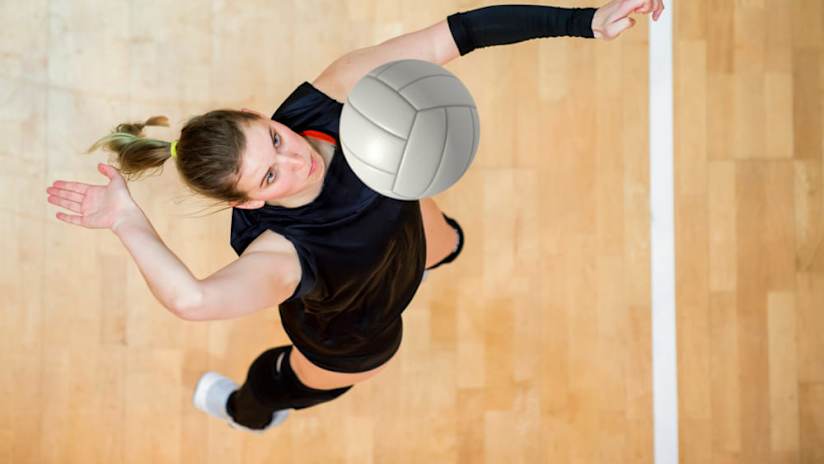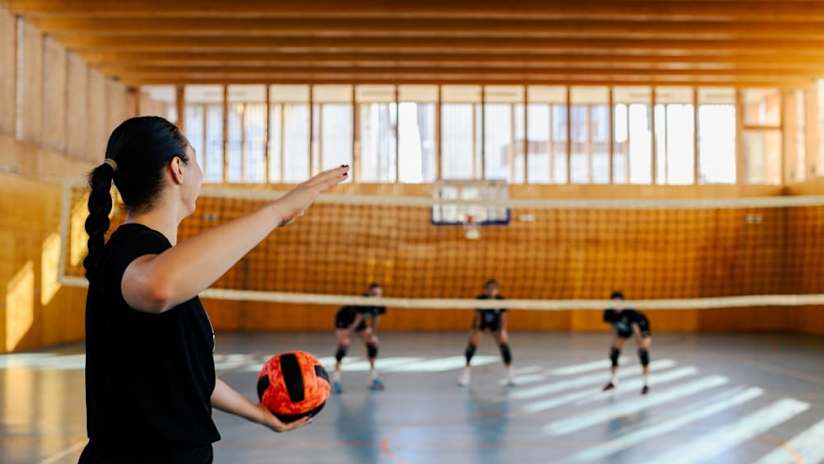Volleyball is a fast-paced game where you’re expected to master all the skills needed to play both defensively and offensively in the backcourt and at the net. How well you do at these different positions depends partly on your physical build and conditioning. However, skill plays a major role in defining a successful volleyball player, and one of the most important skills is knowing how to jump serve effectively.
We’ll offer a step-by-step tutorial on how to jump serve effectively in beach and indoor volleyball. Our tutorial will break down the elements of the serve so you can better understand the mechanics that make a serve successful.
Two Main Types of Serves
There are two main types of serves in volleyball: the floater serve and the jump serve. The floater serve is a technique in which the ball is served by hitting it with a wide-open hand without touching it with the fingers. This technique eliminates any rotation in the ball, making its flight unpredictable and providing a slight edge to the serving team. It can be combined with the jump serve.
The jump serve is just what it sounds like. The server leaps before hitting the ball to the opposing team. This raises the server above the level of the net and can provide a flatter and quicker serve. The jump serve can be highly effective when performed properly. However, it involves some steps that must be combined into a single fluid motion to give the server the power and control needed to help determine the outcome of a heated match.
We’ll explore the six steps required to learn how to jump serve effectively and offer some tips on adding topspin to the ball to give you an even greater edge.







